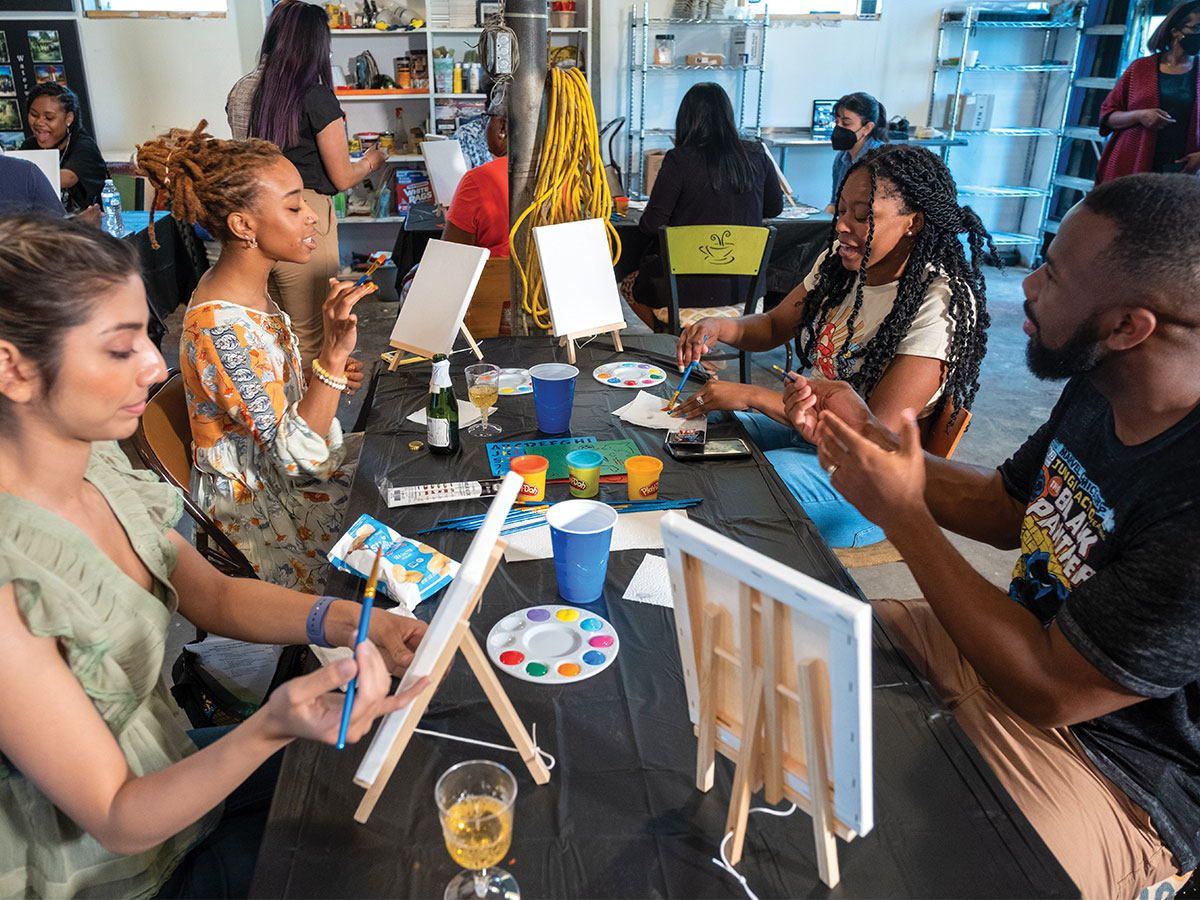Are You Measuring Your Impact? 3 Ways to Get Started Today

This post is sponsored by Blackbaud.
Forward thinking foundations not only report grant numbers, but also report the impact of those numbers. Collecting and analyzing data that enables you to understand the impact of your grants can seem daunting. Many organizations fall into the trap of collecting lots of data – but not meaningful data.
There are three actions you can take today to start measuring impact more effectively:
1. Get Clear About Your Goals
Make sure your goals align with your organization’s founding principles, and with goals that are important to your community. Your goals are going to fall into a few big buckets, as follows:
- Overall-Impact Goals are the big picture. Examples are food security, education for all, and women’s empowerment. These big-picture goals will help you set the stage for creating specific benchmarks against the long-term goals.
- Reporting Goals will help you decide how you want to use the data. Do you wish to produce an annual-results report? Will you share your data across the industry? With reporting goals, it’s important to review what measures are being used across the industry, to ensure an apples-to-apples comparison.
- Future-Giving Goals use data to inform your grantmaking, including budget considerations, multi-year grants, and even staffing.
Any and all of your goals should help you define the impact that you are trying to make with your investments, including the outcomes or changes of behavior that would occur for those being served.
2. Budget for Impact Measurement
Designing, implementing and analyzing an impact-oriented philanthropic portfolio takes time. Be prepared to invest in impact measurement. Define what investments make sense for your organization. Time, money and resources are all scarce and need to be optimally allocated. Key questions to think about as you budget your time include:
- Are you going to do the discovery and create your measures in-house, hire a consultant, or train your current staff?
- Are you going to use new technology to measure goals throughout the grant life cycle, or are you going to go through an optimization?
- Are you going to invest in measurement tools for the nonprofits, perhaps funding grants that enable them to hire a consulting firm, train their staff, or purchase new technology?
Like anything, the more time and energy you put in at the start of this project, the more you will get out of it at the end.
3. Set Your Timeframes
- A Grant timeframe typically requires you to plan for at least a 24-month grant cycle to ensure you capture enough data to inform your choices. Longer grant cycles with regular check-ins enable the funder and nonprofit to partner on a deeper level, but still leave room for flexibility to reevaluate the partnership if it no longer makes sense for both groups.
- For your Outcomes timeframe, you want to set clear expectations, with timeframes relevant to those expectations. A five-year, $200-million giving initiative to impact five key areas is a fantastic timeframe for outcomes monitoring. Alternately, the outcomes goal of ensuring children enter kindergarten ready to succeed is also a wonderful example of giving towards impact even though it obviously has a very different timeframe; hence the importance of setting timeframes realistic for your giving goals.
- Your Impact timeframe is the longest. Depending on the desired impact your organization wishes to achieve, you may or may not see that impact in your lifetime. Regardless, it is important to still go ahead and set your timeframe, even if it’s many years, or even decades from now.
Use these three goals as an action-oriented exercise to get started measuring impact today. You don’t have to answer all three in the order listed here. Each goal will affect the other, and each goal should serve as the starting point for consistent discussion.


